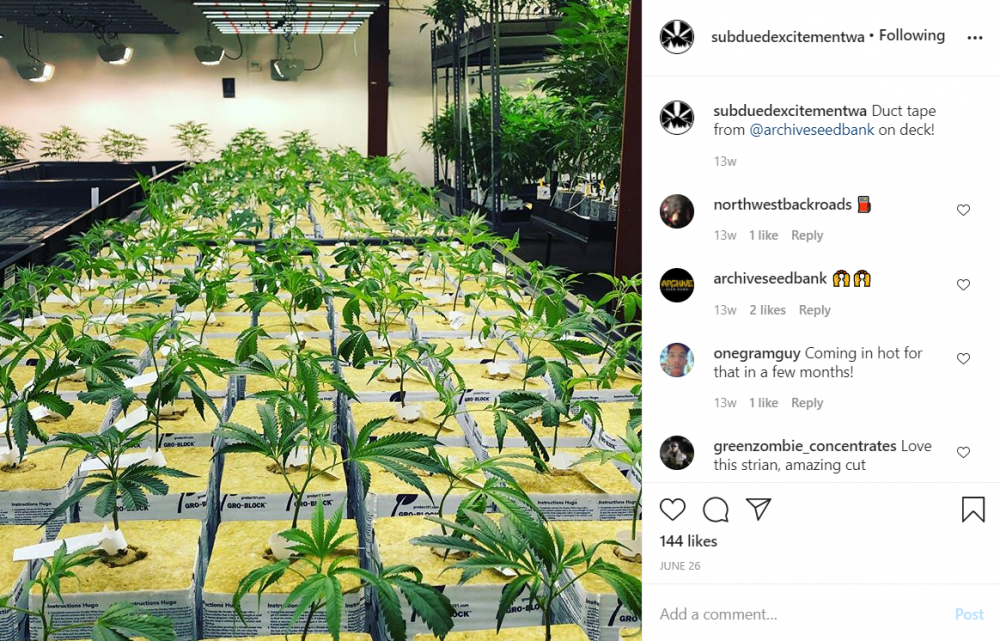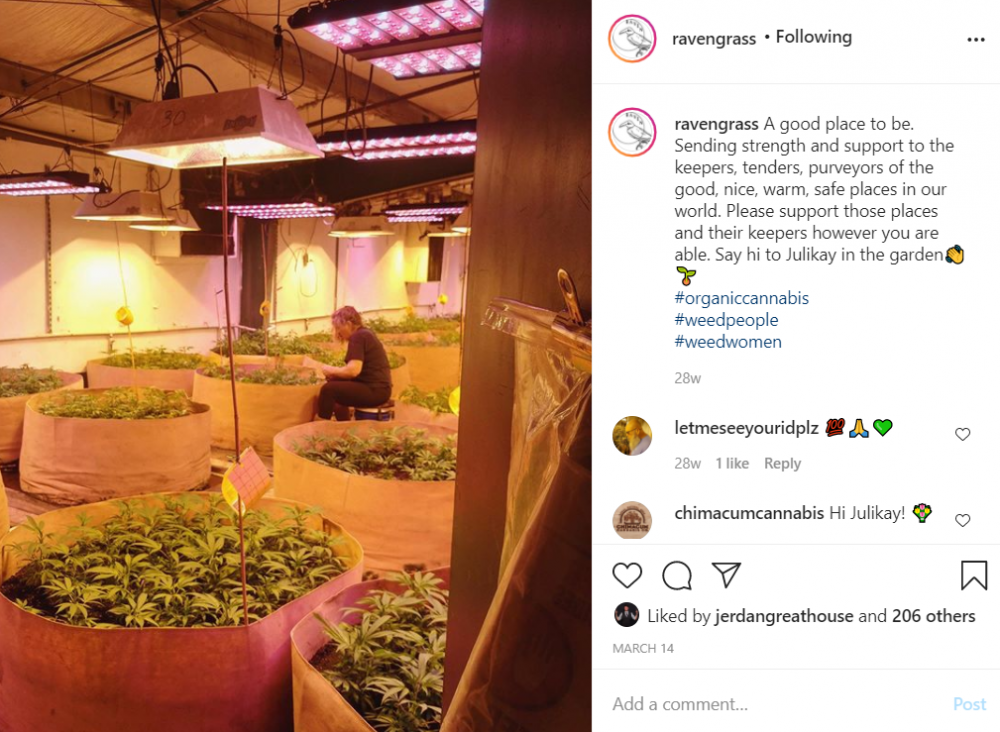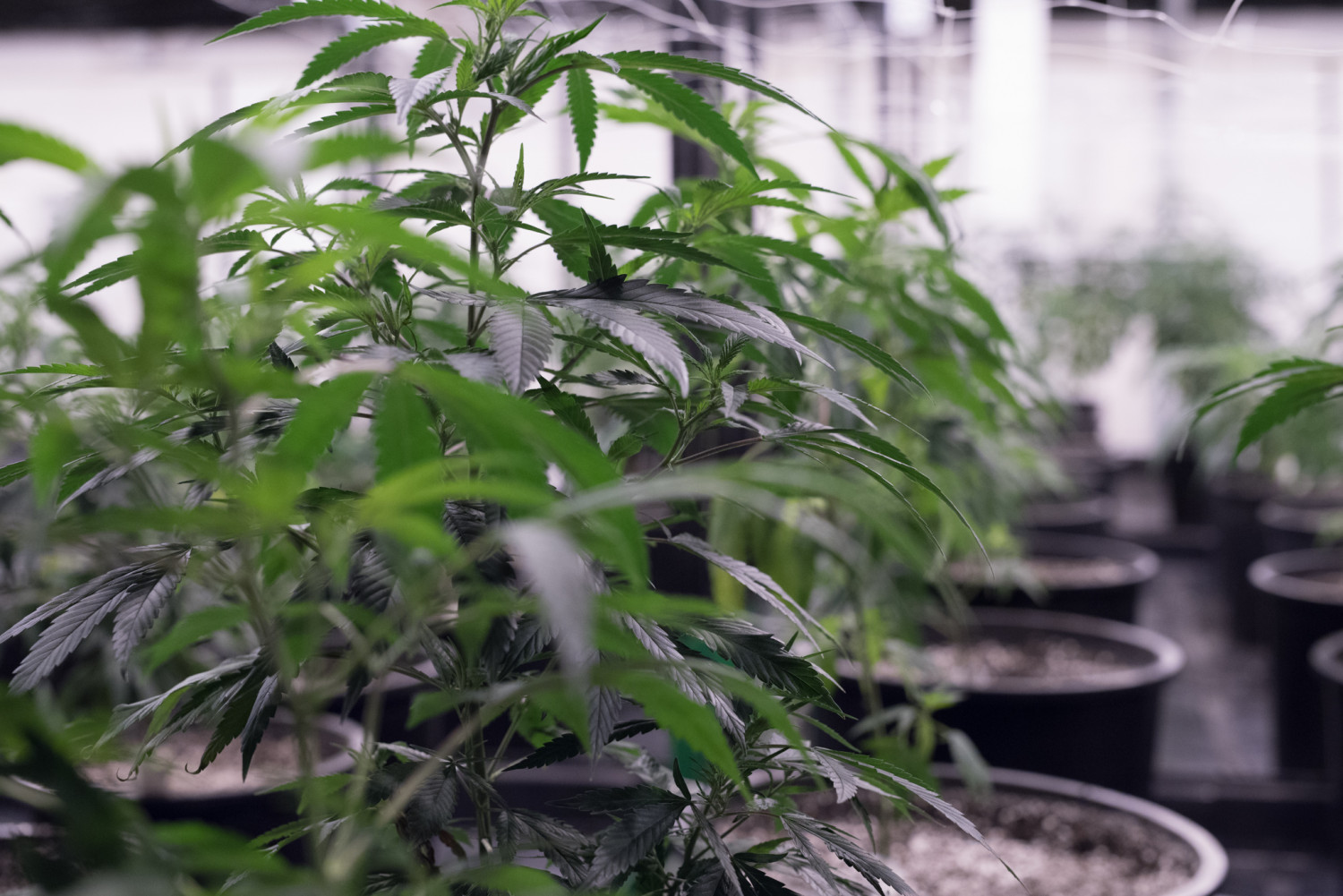A topic fraught with controversy; growers frequently fight over the best growing substrate for cannabis. I’ve grown in everything from Supersoil to the clay rocks they use to surface baseball diamonds. A good grower could grow in sand from Mars (and I’m trying, stay tuned), but some substrates are easier to work with than others. Still, the best substrate for cannabis, soil, soilless, or hydroponics, depends on the grower.
Growing In Soilless Media
One of the most common practices, growing in soilless media, is for growers who like to control every input. The advantages of soilless are being able to accurately manage the nutrients, the amount of water given, and the pH.
While technically soilless media are hydroponic systems, they look like soil. Peat mixes and Coco Coir mixes are the most common soilless medias.
Peat mixes use peat moss, or sphagnum moss, to create a base for the structure of the roots. They are often amended with things like perlite, a volcanic rock, to increase aeration in the soil.
Coco mixes function just like peat mixes, but are much more sustainable: coco coir is a plentiful byproduct of the coconut farming industry that just happens to make an excellent medium. It is considered a renewable resource, whereas peat moss is not.
Soilless growing medias contain no nutrients. You must add all the nutrients your plant needs. They also “hold” nutrients more strongly than soil. This means your pH must be lower to solubilize nutrients.
Growing Hydroponically
Hydroponic cannabis cultivation utilizes growing substrates that look nothing like soil. Most hydroponic systems us Rockwool. Rockwool is a sterile, porous, nondegradable medium made from granite and/or limestone which is superheated and melted. Once melted, it’s spun into small threads like cotton candy. Then, the Rockwool is formed into blocks, sheets, cubes, or slabs.

Other hydroponic systems use no media. The nutrient solution is “washed” over the roots continuously. The plant roots are suspended on a gutter or in a bucket and undergo periodic sterilization to keep mold and bacteria from forming.
Growing In Soil
This topic might confuse an inexperienced grower. Isn’t all cannabis grown in soil? No. In fact, most of the “soil” you can purchase from a grow store doesn’t contain much soil. Soil by definition is a complex mixture of minerals, water, air, organic matter, decaying remains of organisms, and living organisms. Most soils designed for cannabis are primarily composed of an inert component for aeration and drainage. The distinguishing component of a soil is the humus. Humus is decomposing organic matter that is rich in micro and macro-nutrients.

The addition of humus means there is a food component to the soil. Unlike inert media and hydroponic systems, humus feeds the plant. The result is a simplified nutrient regiment. Growing in soil allows you to use a generic base nutrient rather than sophisticated nutrient schedule.
Organic matter also provides a home for beneficial microbes. This means that root disease occurs less frequently in soil. The exception is some insect pest diseases, such as root aphids, which eat the humus as well as the roots.
In My Experience
Using soil as the cannabis growing substrate makes identifying deficiencies more difficult. Hydroponics and soilless growers add every nutrient that the plant has access to. Soil releases nutrients slowly. Adding nutrients is supplemental. Conversely, fewer nutrients are needed when growing in soil.
Hydroponics and soilless growing substrates require extreme pH control. If you’re new to growing, start with a soil. It buffers pH problems, protects against the occasional underfeeding, and you’re less likely to underwater. You’re much more likely to overwater, however.
Soilless media and hydroponic systems are easy to automate. Don’t want to water every 3 hours? Me either. But a timer can solve that issue. Apparently, these systems also produce higher yields. That has not been the case for me.

Terpene production is higher in cannabis from soil growing substrates. Fight me. Microbes help with secondary metabolite production. Microbe populations are more diverse in soil. You also periodically sterilize soilless and hydroponic mediums. Killing these microbes.
Ultimately, your harvest comes out best when you devote more time to cultivation. If watering constantly and checking nutrients and pH will make you pay attention to your plants, your yield will be better. If you would rather use that time manicuring and cleaning, your yield will be better. Time is the biggest factor for success.










